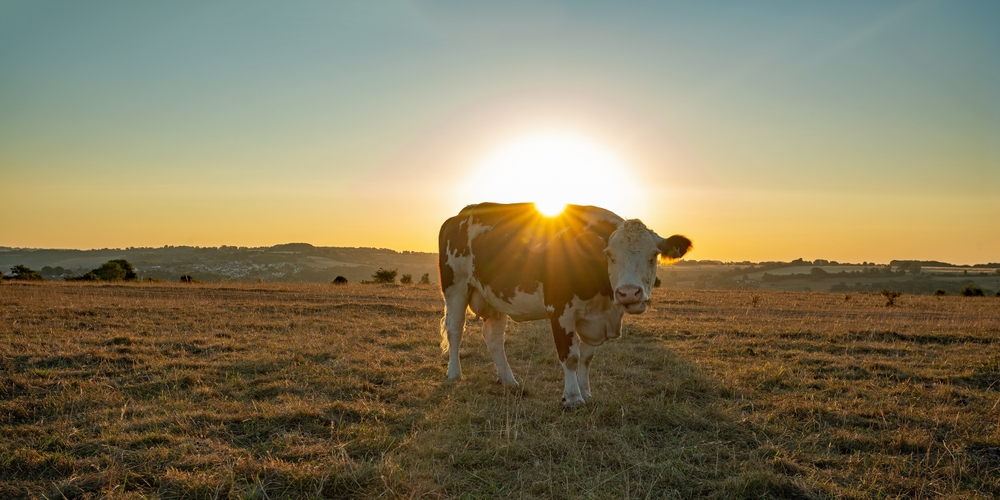Source: Great Bend Tribune
Cattle experience heat stress when they cannot effectively regulate body temperature, unlike humans who sweat. Kansas State University veterinarian A.J. Tarpoff explains that cattle cope through behaviors like panting, standing more, and crowding shaded or water-adjacent areas. However, these behaviors can backfire, as bunching together for shade may worsen overheating. Heat stress is driven by four weather factors: high temperatures, humidity, low wind, and strong solar radiation.
K-State uses an “animal comfort index” to gauge cattle well-being in these conditions. Tarpoff emphasizes managing heat stress is vital for productivity and animal welfare, as it affects feed intake, water consumption, and performance. Solutions include providing more water, shifting feeding times to cooler hours, building shade structures, using straw bedding to lower pen temperatures, and installing sprinklers. A K-State study showed shade improved cattle growth and reduced water needs. Tarpoff urges producers to prioritize these basics to ensure animal comfort and efficiency.
Read the full story HERE: https://www.gbtribune.com/news/business/cattle-face-heat-stress-in-summer/

